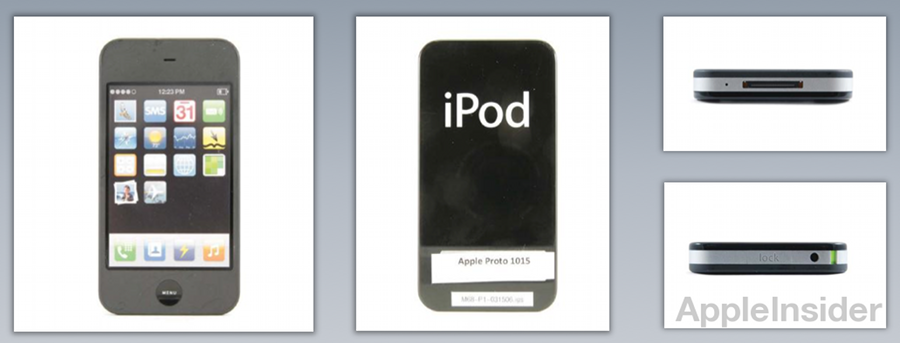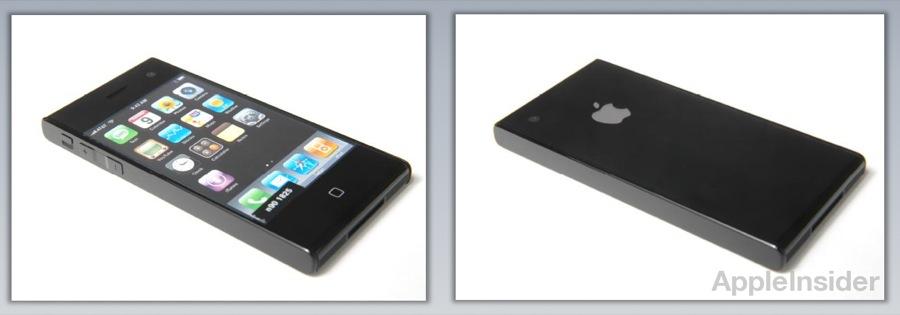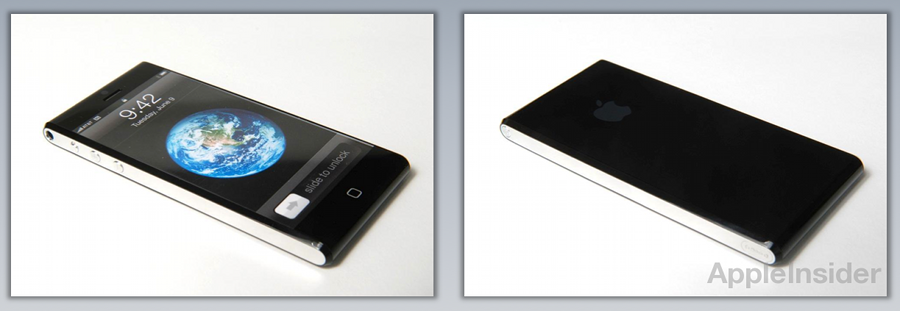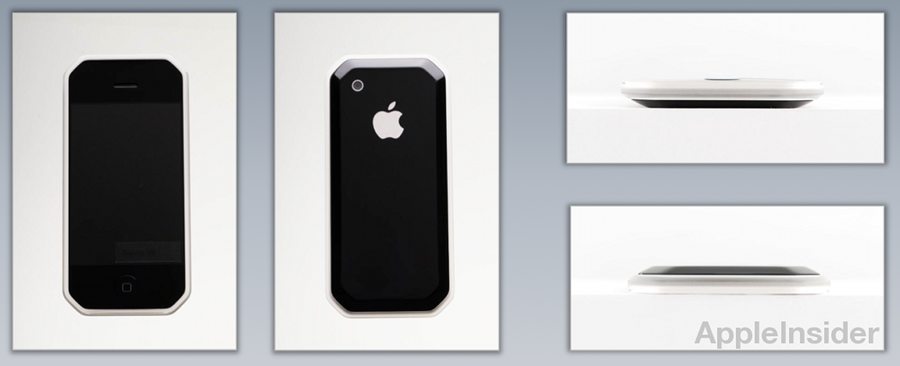Apple designer Chris Stringer reveals dozens of iPhone prototypes at trial
When Stringer took the stand as Apple's first witness on Tuesday, he presented a bevy of pictures of prototypes and physical models to illustrate the behind-the-scenes design process that went into making the handset.
Stringer is being called upon due to his expertise in the area of industrial design, especially related to Apple as he has contributed in some way to every one of the company's "Designed in California" products since 1995.
Source: Apple v. Samsung
In his testimony, the designer said that a small group of 15 or 16 people form a team and, as reported by All Things D, literally sit around a kitchen table to come up with Apple's next product.
“We’ll sit there with our sketch books and trade ideas,†Stringer said. “That’s where the really hard, brutal honest criticism comes in.â€
After the brainstorming session, the team renders CAD drawings for the best design ideas and creates a physical model if they find potential in a particular piece.
“Our role is to imagine products that don’t exist and guide them to life,†Stringer said. He noted the team's low tolerance of poor design, saying that the process can sometimes result in 50 designs for a single component. “We’re a pretty maniacal group of people."
According to The Verge, Stringer showed nearly 40 prototype models to the jury with some nearing what would become the original iPhone while others don't even bear a passing resemblance.
Stringer said that because Apple was new to the wireless market, the design team had extra pressure to get the product right. The company wanted something to "wow" consumers.
When asked why one of the prototypes bore the "iPod" logo, Stringer replied that either the "iPhone" term had not yet been coined or the team was attempting to "disguise its iPhone identity."
While later designs moved to brushed aluminum and a flatter, lozenge shape, the company ended up returning to earlier handset concepts.
“We found something more beautiful,†Stringer said of the early designs.
 Mikey Campbell
Mikey Campbell















 Malcolm Owen
Malcolm Owen
 William Gallagher and Mike Wuerthele
William Gallagher and Mike Wuerthele
 Christine McKee
Christine McKee
 William Gallagher
William Gallagher

 Marko Zivkovic
Marko Zivkovic









